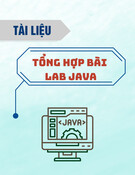
LẬP TRÌNH TRÊN
THIẾT BỊ DI ĐỘNG
GVGD: ThS. Huỳnh Tuấn Anh
BUỔI 4
PHÁT TRIỂN ỨNG DỤNG DI
ĐỘNG NATIVE iOS

1. Introduction
●iOS History
●iOS and Ecosystem
2. iOS Architecture
3. iOS Application Development
4. Hello World
5. Objective C, Swift
Outline
2

History
3
•IOS or iPhone OS is a mobile operating system created
and developed by Apple Inc.
•Originally designed for the iPhone but now supports iPod
touch,iPad and Apple Tv
•Released on June 29, 2007
•It is updated just like Itune for iPods
•Written in C, C++, Objective-C, Swift, assembly language
First iOS logotype (2010–2013) Second iOS logotype (2013–
2017
Third iOS logotype (2017–present)

History
4
•iOS 1: The birth of the iPhone (2007)
•iOS 2: App Store (2008)
•iOS 3: iPhone Enhancements (2009)
•IOS 4: Multitasking, Retina and Facetime (2010)
•IOS 5: Notification center, Siri & More (2011)
•IOS 6: Apple Maps & Passbook (2012)
•IOS 7: Wireless sharing feature Airdrop (2013)
•IOS 8: iCloud Drive (2014)
•iOS 9: 3D touch (2015)
•iOS 10: Facial Recognition (2016)
•iOS 11: Live Photos (2017)
•iOS 12: Emoji (2018)
•iOS 13: Dark Mode (2019)
•iOS 14: Widgets, App Library (2020)

History
5
Among the technological tribe, the most popular terms associated with mobile
phones are Android and iOS. While the former allows transparency and easy
accessibility, the latter has carved a mass for itself, even though it allows strict
connectivity. But when it comes to iPhones, the loyal customers forget all of its
cones and just stick on to the beauty, elegance and the magical iOS that runs like
a pure charm.
It was on June 29, 2007, Steve Jobs, the then chairman and co-founder of
Apple.Inc launched iPhone with iOS 1. Since then, the operating system has
undergone some major upgrades, which was a result of continuous hard work and
passion towards achieving beyond the expectations of the consumer. Here, we are
glad to give you a brief sneak peek into the history of world’s favourite operating
system.







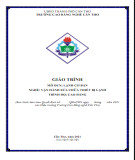

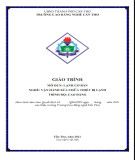

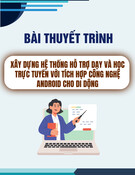

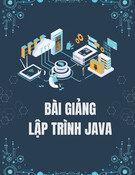
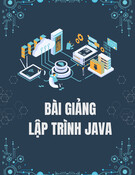
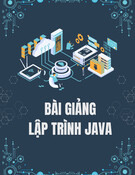
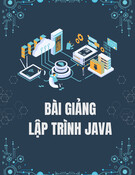
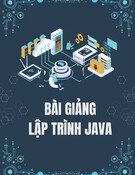

![Hệ thống quản lý cửa hàng bán thức ăn nhanh: Bài tập lớn [chuẩn nhất]](https://cdn.tailieu.vn/images/document/thumbnail/2025/20251112/nguyenhuan6724@gmail.com/135x160/54361762936114.jpg)
![Bộ câu hỏi trắc nghiệm Nhập môn Công nghệ phần mềm [mới nhất]](https://cdn.tailieu.vn/images/document/thumbnail/2025/20251111/nguyenhoangkhang07207@gmail.com/135x160/20831762916734.jpg)




